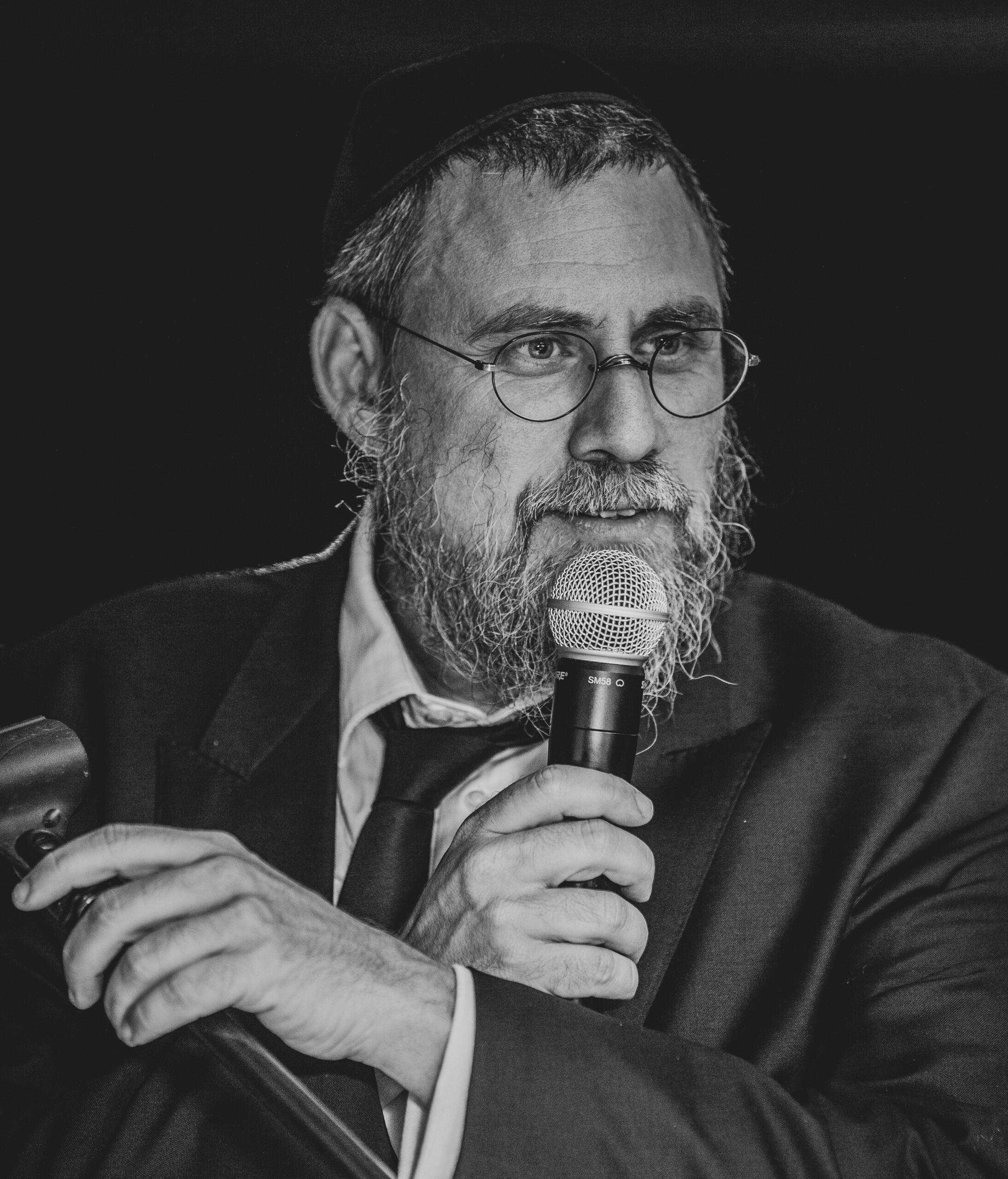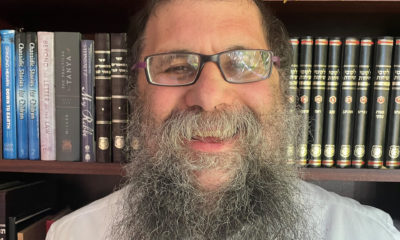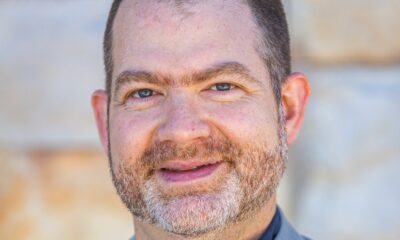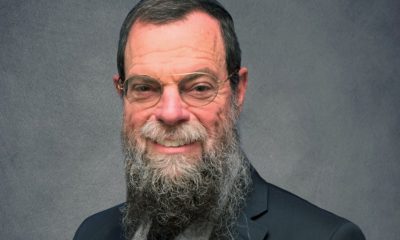
Religion

Competing seders
The number one Jewish question in South Africa furiously making the rounds in the Norwood Pick n Pay and Checkers in Cape Town is, “Where are you for first night”?
For more than 3 000 years, our people have been choosing where and with whom to have their seders. Families negotiate, friends invite, traditions are asserted.
But did you know that the haggadah is essentially the story of competing seders?
The most famous seder in Jewish history took place in the early second century in B’nei Brak, in the home of the town’s rov, Rabbi Akiva. Immortalised in the haggadah, this seder was attended by some of our greatest sages.
There’s another account recorded in Tosefta Pesachim of a very similar seder. This seder took place in the city of Lod – today near Ben Gurion Airport – and was led by the nasi, leader of the generation, Rabban Gamliel.
Well, we know which seder the author of the haggadah chose to visit. Rabbi Akiva’s seder gets pride of place at our table, yet Rabban Gamliel’s seder doesn’t even get a mention. Were the kneidlach that much better in B’nei Brak?
Not since a terrorist blew up the seder at the Park Hotel in Netanya 22 years ago have our people sat down to the seder with such heavy hearts. Israel is at war, more than 130 hostages are trapped in the terror tunnels of Gaza, and Iran has notched things up with a direct missile attack on Israel.
With such pain and uncertainty, one can be tempted to dial down the jubilant expression of the seder. How do you sing the Dayenu ditty when our brothers and sisters have only maror to eat this Pesach? Some have suggested leaving an empty chair to remember the hostages – the Rebbe would suggest that we rather fill another chair in their honour – and Israel’s Chief Rabbi David Lau has composed a prayer to be recited just before singing Vehi She’amda. Our people are struggling to find the right balance between pain and hope.
It was in this environment that Jews found themselves having to choose between Rabbi Akiva’s seder in B’nei Brak or Rabban Gamliel’s seder in Lod. In living memory of the destruction of the Second Temple, while living through the cruel Hadrianic persecutions, our beleaguered ancestors wondered what message should come through their Pesach practice.
Indeed, Rabban Gamliel insists that we hold the bitter herbs in hand and elaborate how embittered our lives were in Egypt. There’s pain in memory and hope can be bittersweet. So, many gathered around his seder in Lod to grieve and hope for better days.
Rabbi Akiva on the other hand is Judaism’s foremost optimist, who laughs even in the face of destruction. At his seder in B’nei Brak, they insisted that one must recall the exodus even at night. Even in the face of darkness, we must celebrate our innate freedom gifted to us at the exodus. Rabbi Akiva saw redemption in the persecution; the dawn that would surely follow the darkest of night.
Jewish history has proven Rabbi Akiva right. We’re an eternal people of the eternal G-d, and we’ll come through stronger and more united. Many are hearing the footsteps of Moshiach finally at our door. The pain in our collective heart spurs us to sing our story with more gusto, to eat the matzah with more relish, and to see Moshiach just on the other side of midnight.
If anyone asks you where you’ll be for the seder, tell them you’ll be with Rabbi Akiva.










